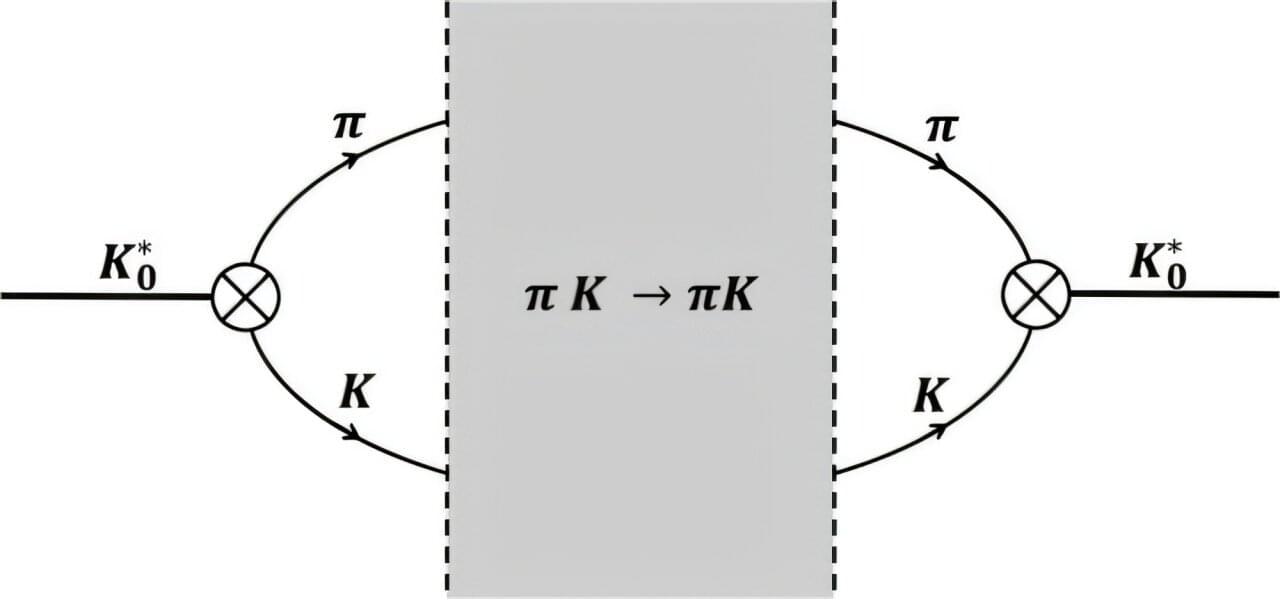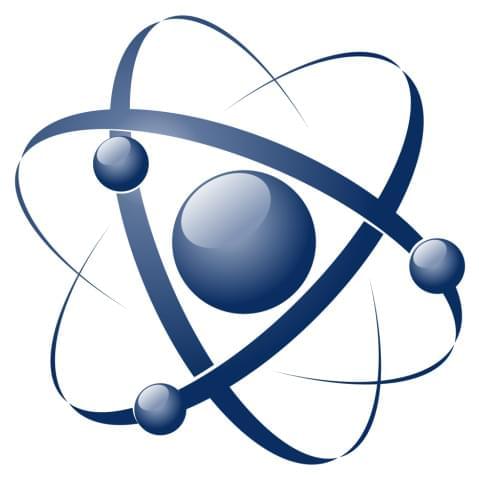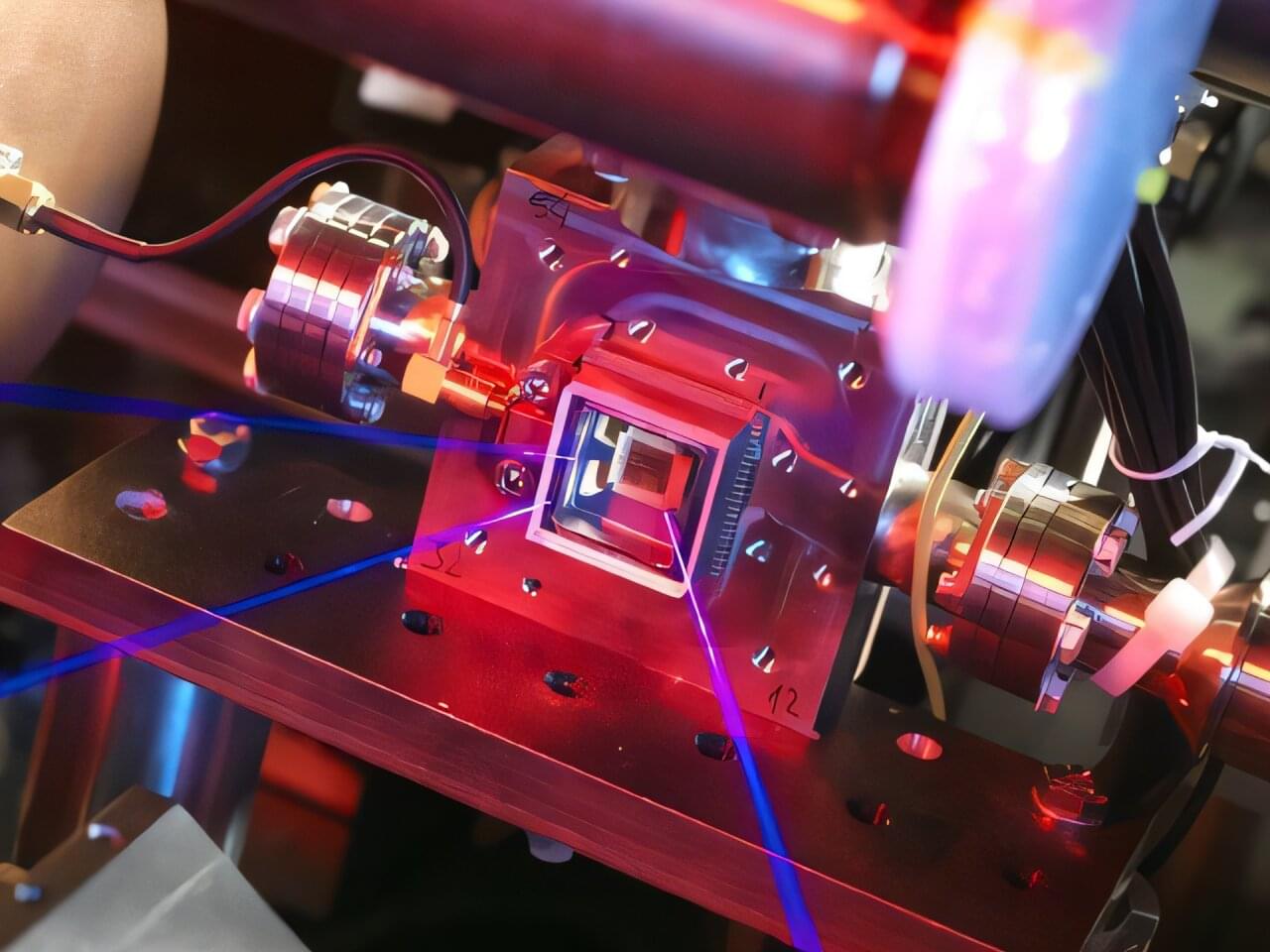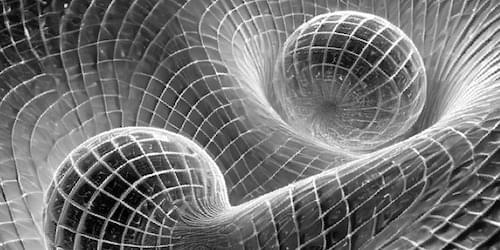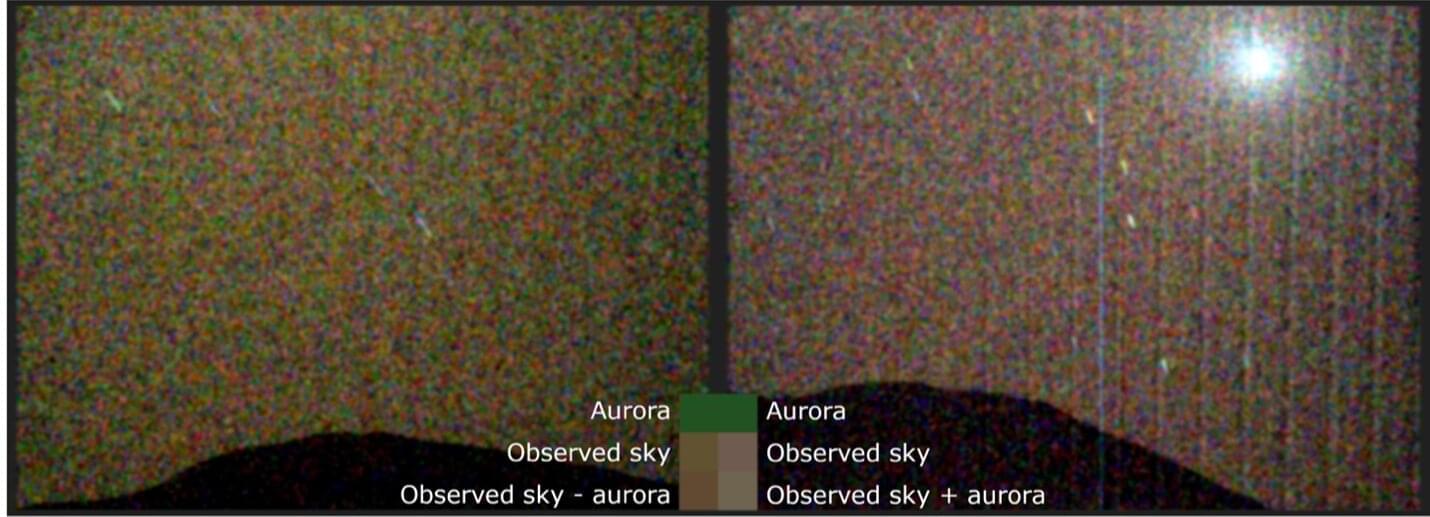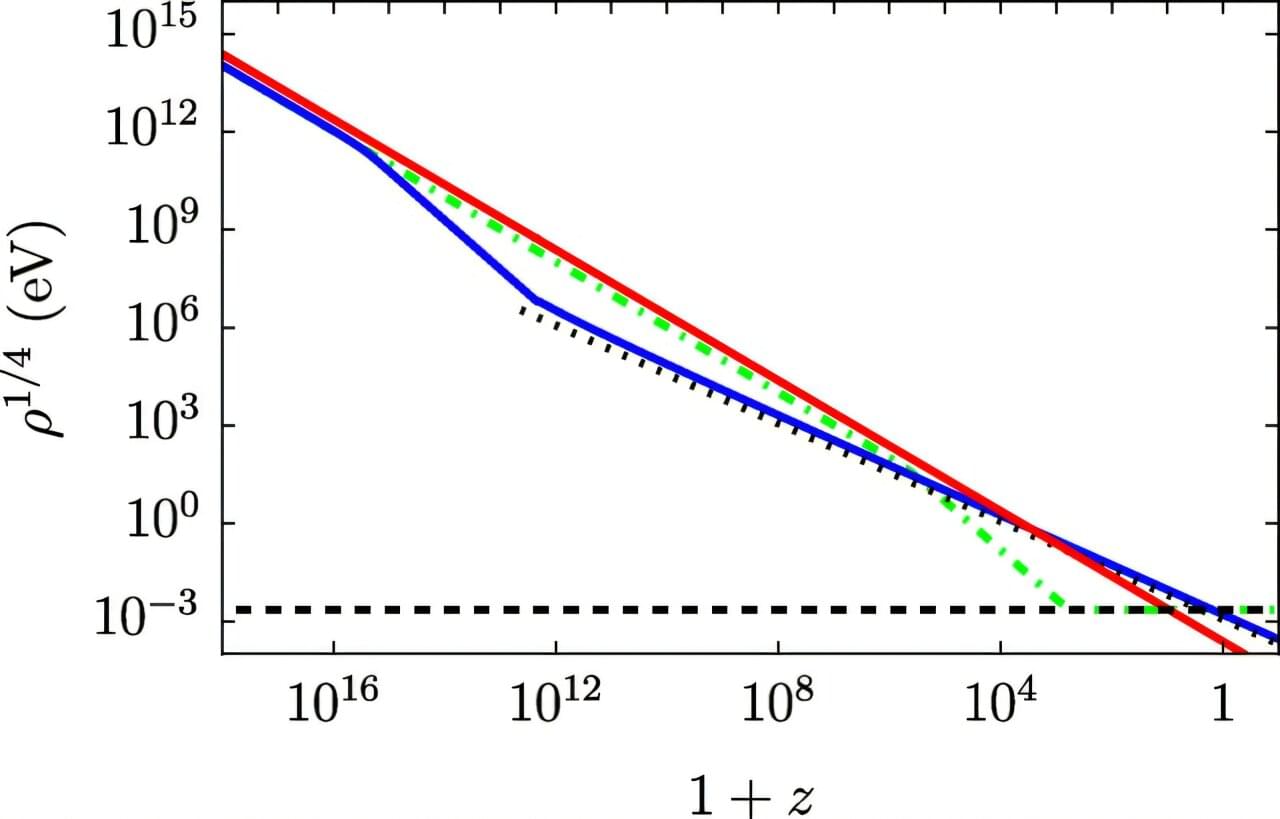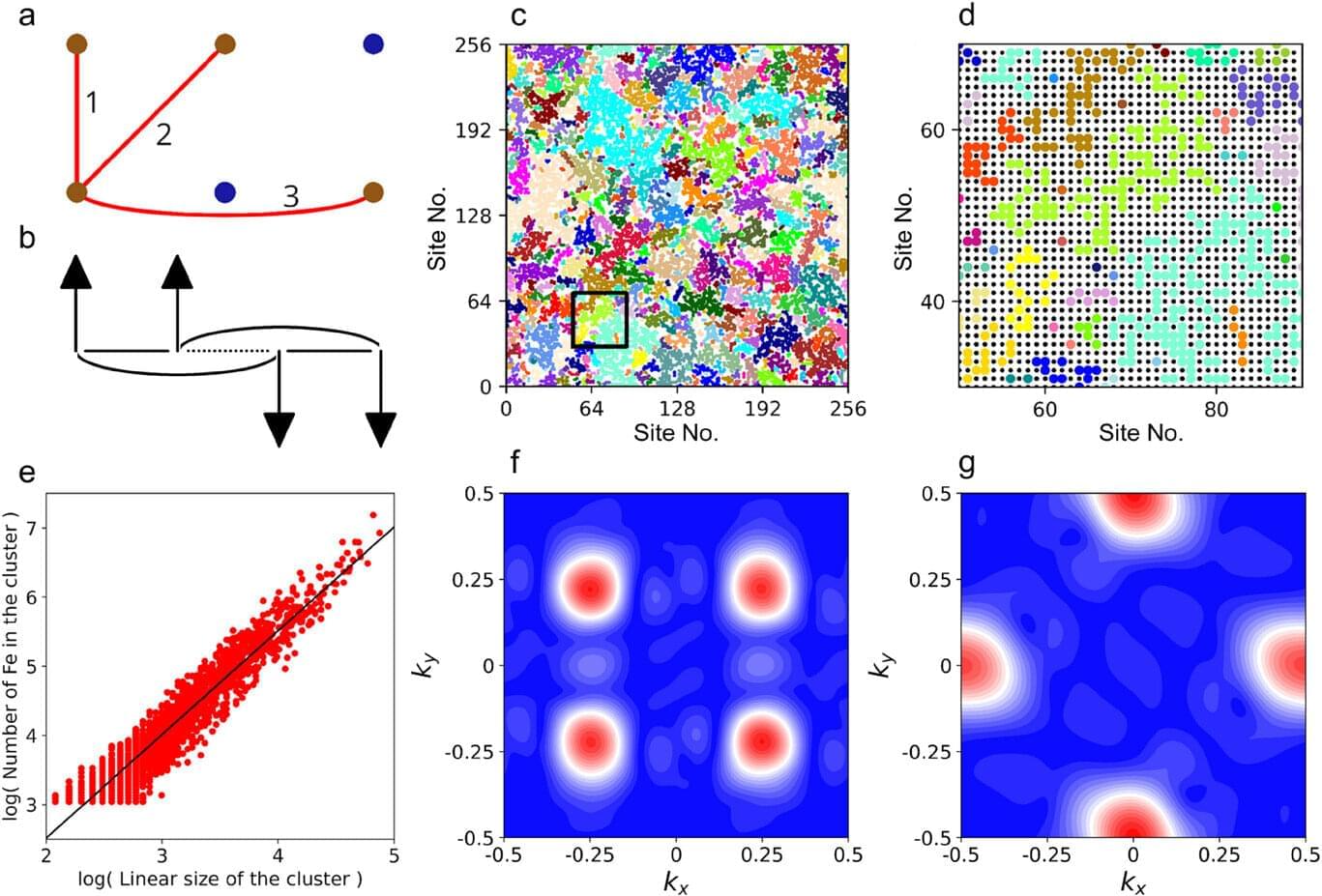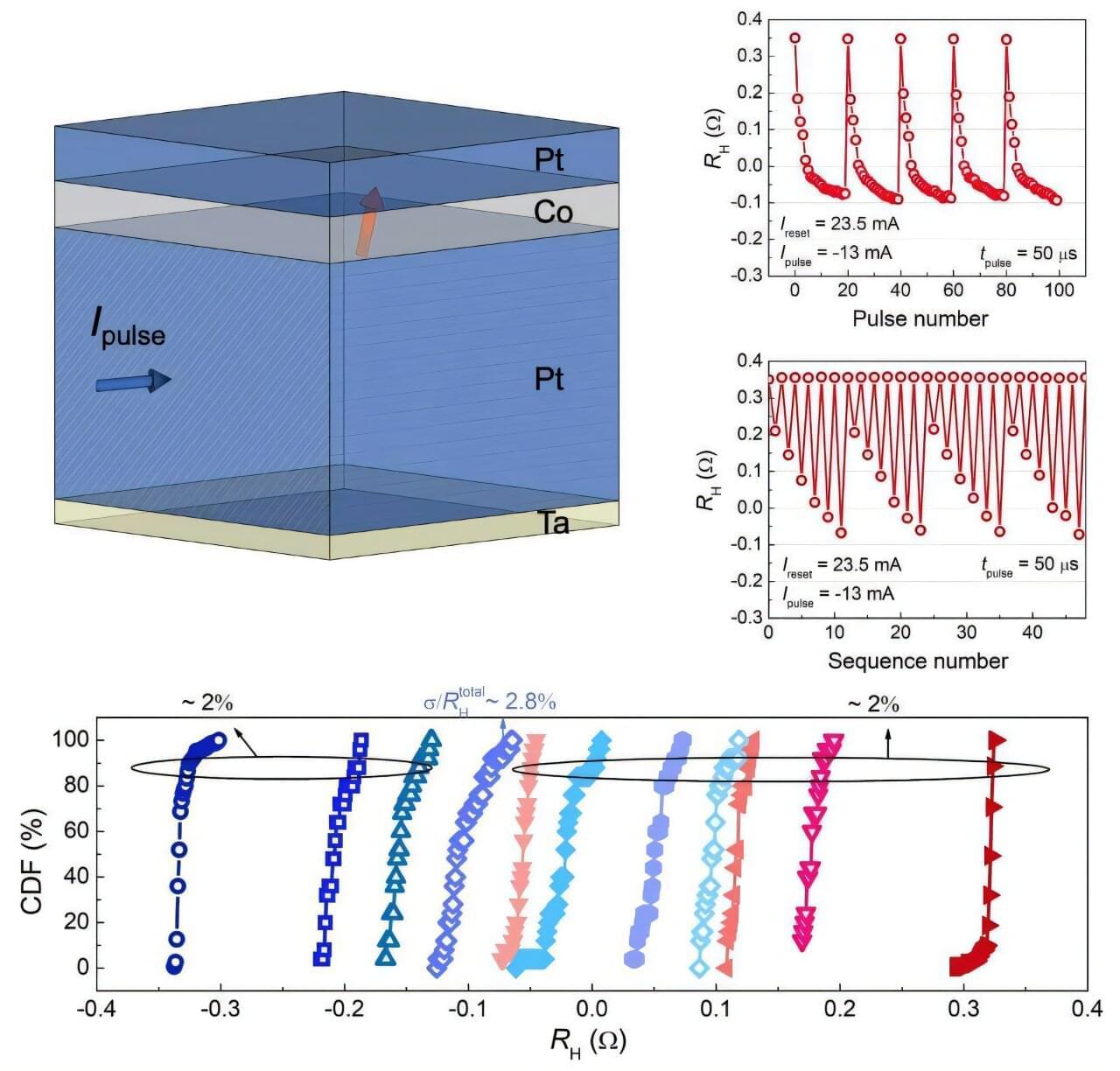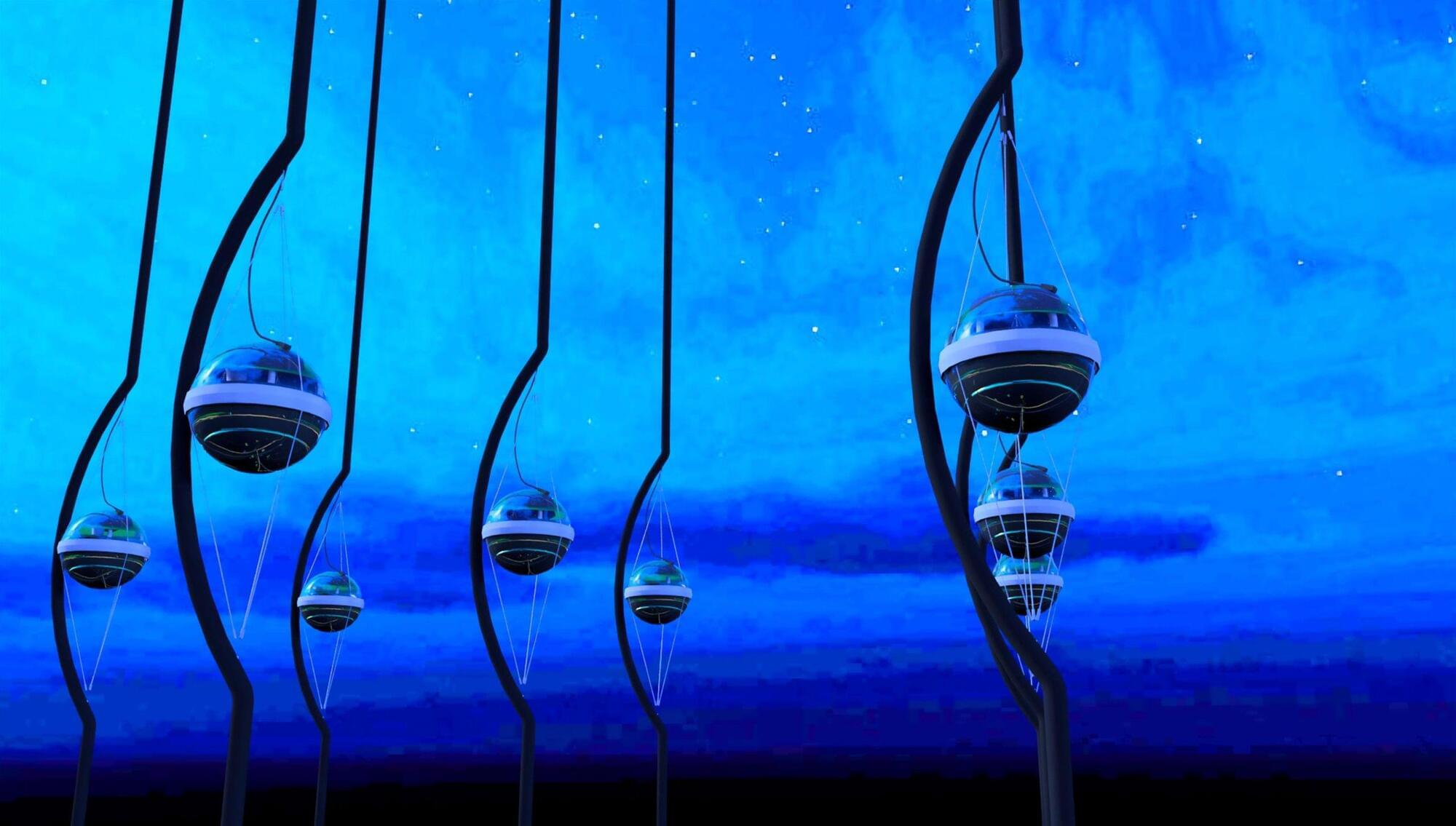A new study published in Physical Review D titled, “Extending the Bridge Connecting Chiral Lagrangians and QCD Gaussian Sum-Rules for Low-Energy Hadronic Physics,” offers significant advancements in the understanding of the strong nuclear force. This fundamental interaction is responsible for holding protons and neutrons together within atomic nuclei and plays a central role in the formation of matter.
Dr. Amir Fariborz, Professor of Physics at SUNY Polytechnic Institute, has co-authored the research, which builds on a theoretical bridge first proposed by Dr. Fariborz and his collaborators in 2016, which connects the complex world of hadrons (composite particles such as protons, neutrons, and mesons) with their underlying quark structure.
The current work enhances this framework by incorporating higher-order effects, which allow for more refined predictions and the potential to study more intricate subatomic phenomena. These include scalar and pseudoscalar mesons that possess hybrid quark-gluon structures and may exhibit mixing with glueballs, a type of particle hypothesized to be composed entirely of gluons.
